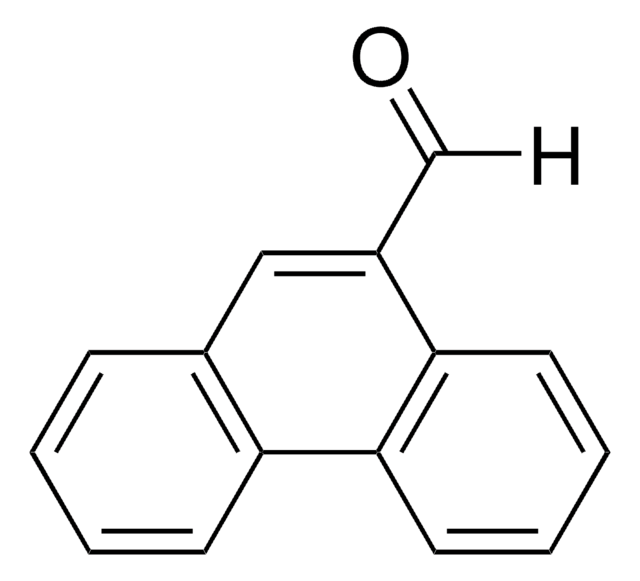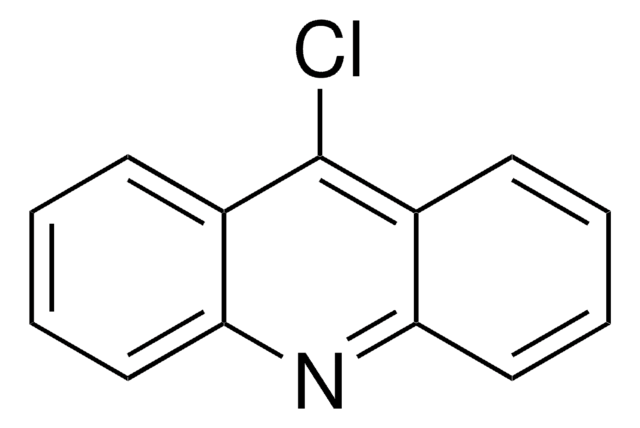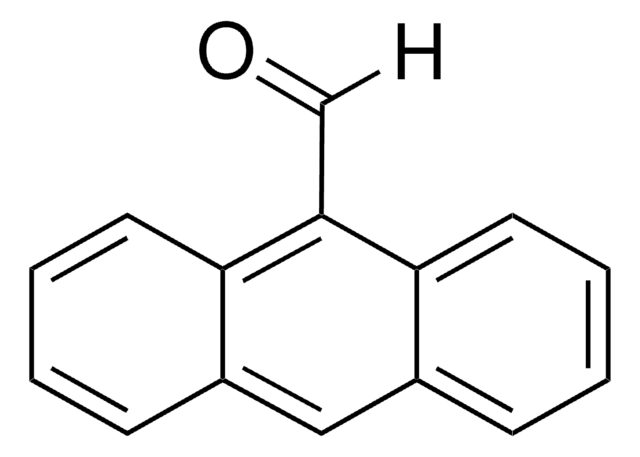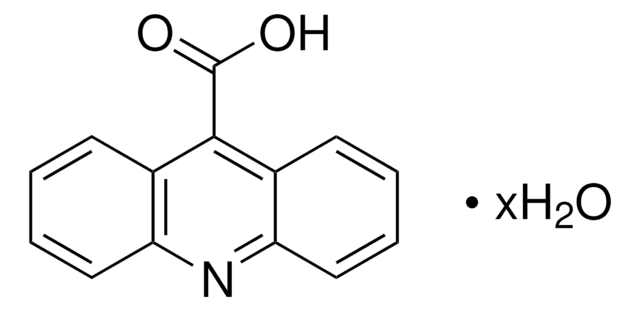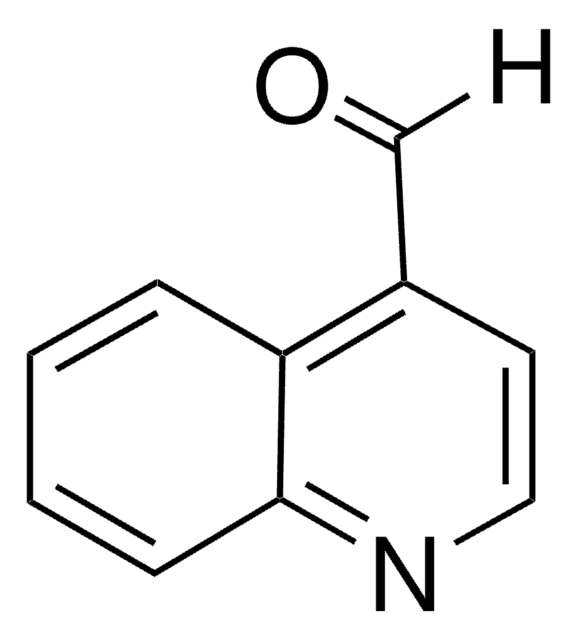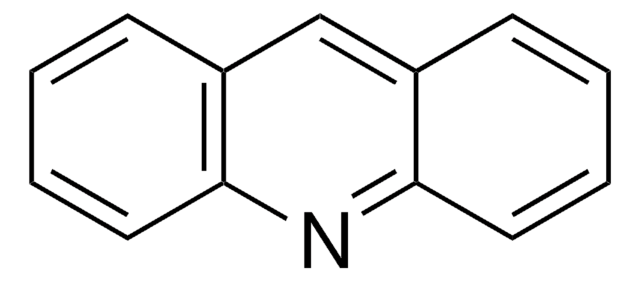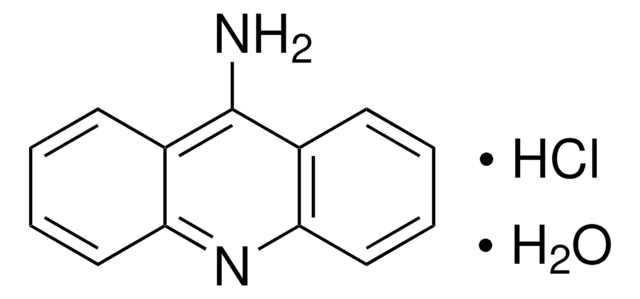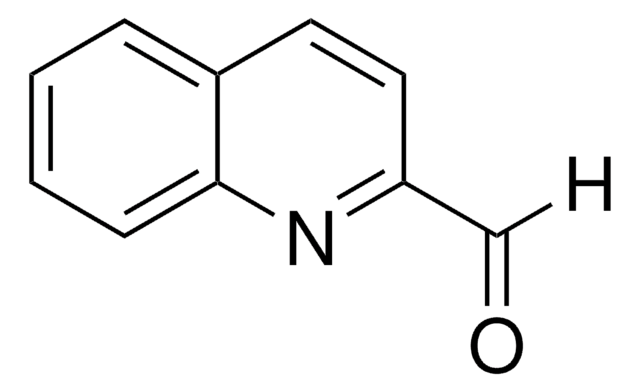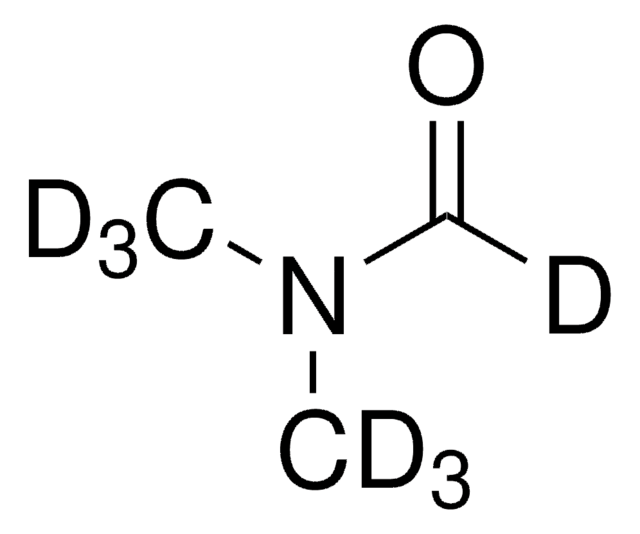775525
Acridine-9-carboxaldehyde
97%
Synonyme(s) :
Acridine-9-carbaldehyde
About This Item
Produits recommandés
Niveau de qualité
Essai
97%
Forme
solid
Pf
144-149 °C
Groupe fonctionnel
aldehyde
Température de stockage
2-8°C
Chaîne SMILES
O=Cc1c2ccccc2nc3ccccc13
InChI
1S/C14H9NO/c16-9-12-10-5-1-3-7-13(10)15-14-8-4-2-6-11(12)14/h1-9H
Clé InChI
ISOCABSXIKQOOV-UHFFFAOYSA-N
Mention d'avertissement
Warning
Mentions de danger
Conseils de prudence
Classification des risques
Acute Tox. 4 Oral - Eye Irrit. 2
Code de la classe de stockage
11 - Combustible Solids
Classe de danger pour l'eau (WGK)
WGK 3
Point d'éclair (°F)
Not applicable
Point d'éclair (°C)
Not applicable
Faites votre choix parmi les versions les plus récentes :
Certificats d'analyse (COA)
Vous ne trouvez pas la bonne version ?
Si vous avez besoin d'une version particulière, vous pouvez rechercher un certificat spécifique par le numéro de lot.
Déjà en possession de ce produit ?
Retrouvez la documentation relative aux produits que vous avez récemment achetés dans la Bibliothèque de documents.
Les clients ont également consulté
Notre équipe de scientifiques dispose d'une expérience dans tous les secteurs de la recherche, notamment en sciences de la vie, science des matériaux, synthèse chimique, chromatographie, analyse et dans de nombreux autres domaines..
Contacter notre Service technique